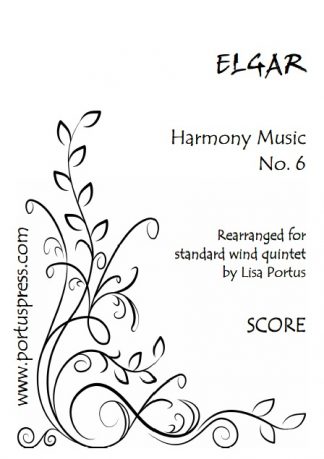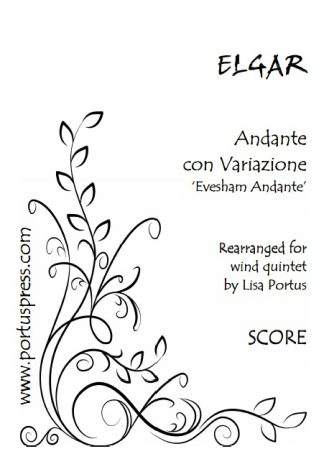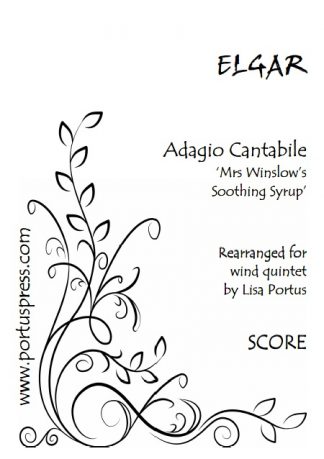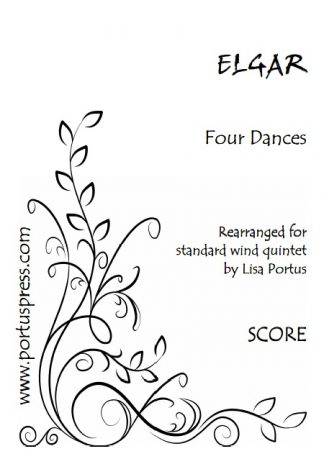Description
In 1878-79 Edward Elgar (then in his very early 20s), his brother Frank and friends Frank Exton and Hubert and Willie Leicester, used to meet on Sunday afternoons to rehearse in a shed behind his father’s music shop in Worcester. With two flutes, an oboe, a clarinet and a bassoon (played by a self-taught Elgar), this was not an orthodox wind quintet grouping, so Elgar arranged and wrote new work for the group.
Elgar gave the works the collective title ‘Shed Music’ and, whilst a few are fairly substantial works, the majority are delightful miniatures. These shorter pieces – including the Four Dances – are sophisticated and utterly enchanting but they also give us tantalising glimpses of Elgar’s emerging style. Elgar frequently returned to his Shed Music for inspiration in later years. He reused the Sarabande from the Four Dances in his unfinished opera, The Spanish Lady. In the opera the Sarabande is slightly more developed and it is this version that has been used as the basis for the movement in this arrangement.
Elgar’s sketchbooks indicated no particular order in which to play the four movements but in this arrangement for standard wind quintet they are presented as Menuetto, Gavotte (subtitled ‘The Alphonsa’ – after Alphonsa Leicester, sister of Hubert and Willie), Sarabande, and Gigue.
Elgar’s music has been re-arranged here for the standard wind quintet grouping of flute, oboe, clarinet, horn and bassoon.






